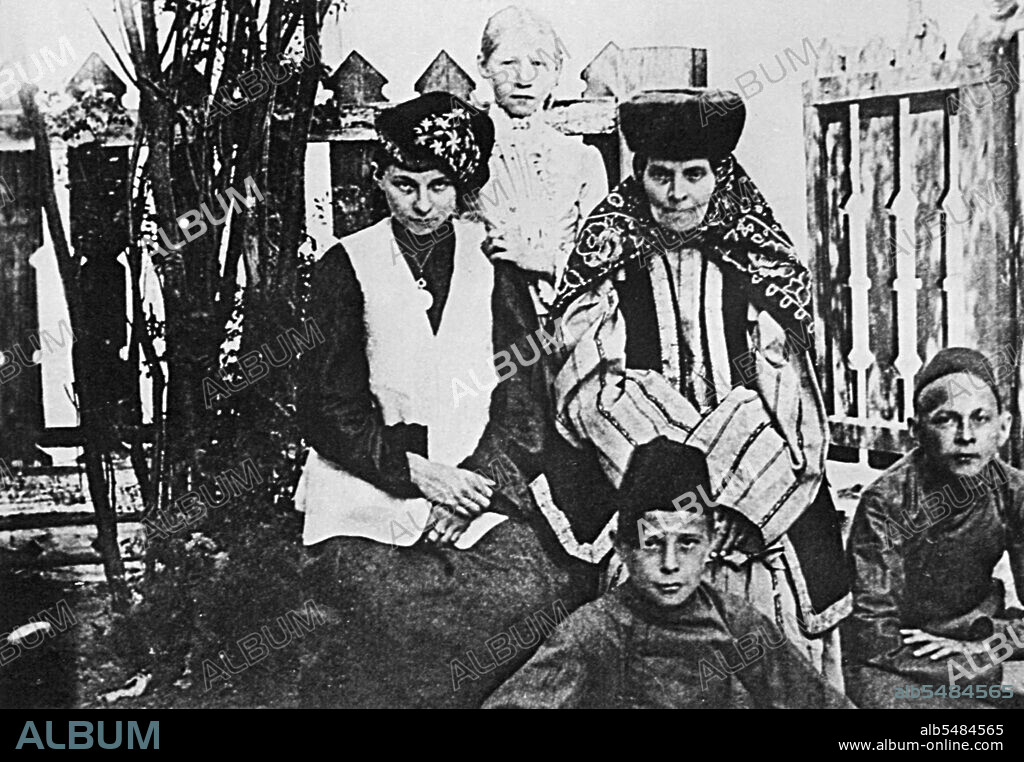alb5484565
A group of Tatars in Kazan,1885.

|
Add to another lightbox |
|
Add to another lightbox |



Title:
A group of Tatars in Kazan,1885.
Caption:
Tatars (Tatar: Tatarlar, sometimes spelled Tartars) are a Turkic speaking people, numbering around 7 million. The majority of Tatars live in the Russian Federation, with a population of 5.5 million, 2 million of which live in the Republic of Tatarstan, 1 million in the Republic of Bashkortostan and the other 2.5 million in different regions of Russia. Significant minority populations are found in Poland, Lithuania, Belarus, Ukraine and countries of Central Asia. The Tatars originated with the Tatar confederation in the north-eastern Gobi desert in the 5th century. After subjugation in the 9th century by the Khitans, they migrated southward. In the 13th century, they were subjugated by the Mongol Empire under Genghis Khan. Under the leadership of his grandson Batu Khan, they moved westwards, forming part of the Golden Horde which dominated the Eurasian steppe during the 14th and 15th centuries. In Europe, they were assimilated by the local populations or their name spread to the conquered peoples: Kipchaks, Kimaks and others; and elsewhere with Uralic-speaking peoples, as well as with remnants of the ancient Greek colonies in the Crimea and Caucasians in the Caucasus. Siberian Tatars are survivors of the Turkic population of the Ural-Altaic region, mixed to some extent with the speakers of Uralic languages, as well as with Mongols. The three ethnic descendants of the 13th-century westward migration are Volga Tatars, Lipka Tatars and Crimean Tatars, most of whom adopted Islam in the medieval period.
Credit:
Album / Pictures From History/Universal Images Group
Releases:
Model: No - Property: No
Rights questions?
Rights questions?
Image size:
5100 x 3529 px | 51.5 MB
Print size:
43.2 x 29.9 cm | 17.0 x 11.8 in (300 dpi)
 Pinterest
Pinterest Twitter
Twitter Facebook
Facebook Copy link
Copy link Email
Email

